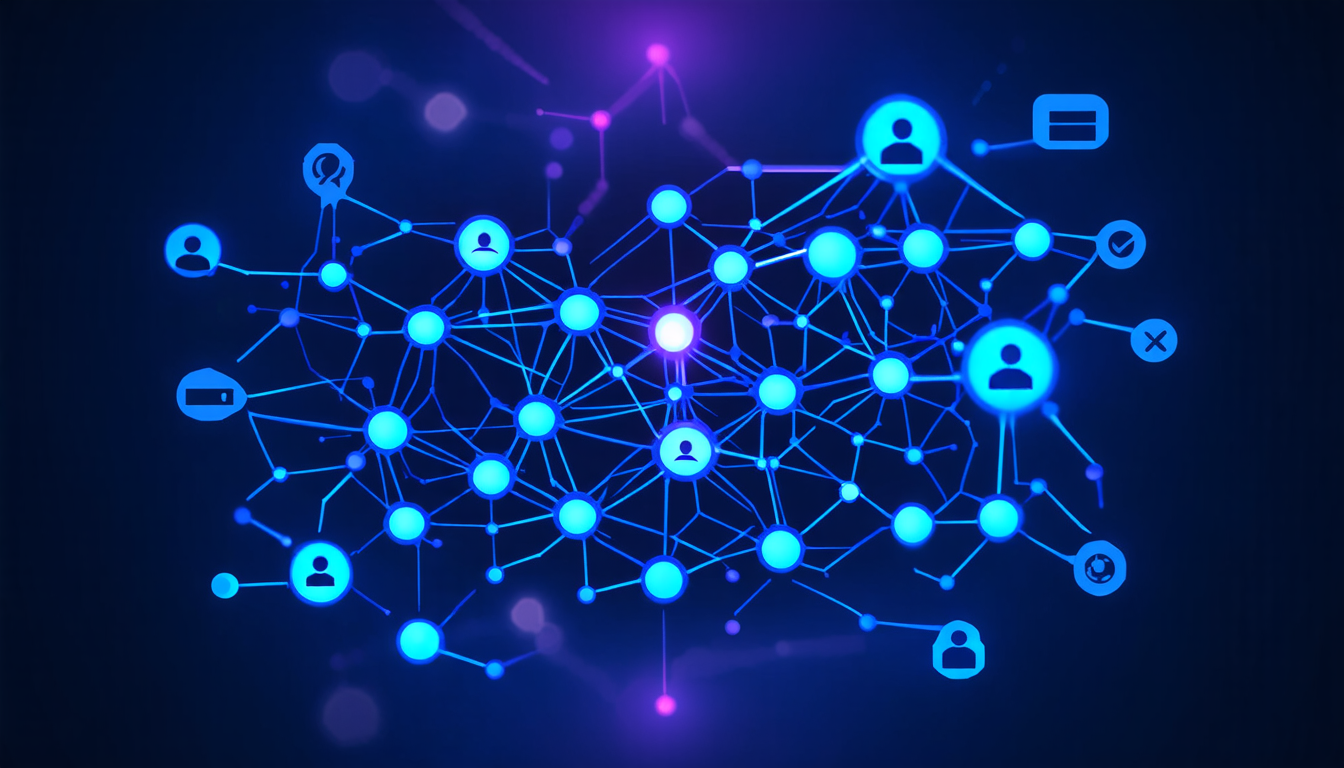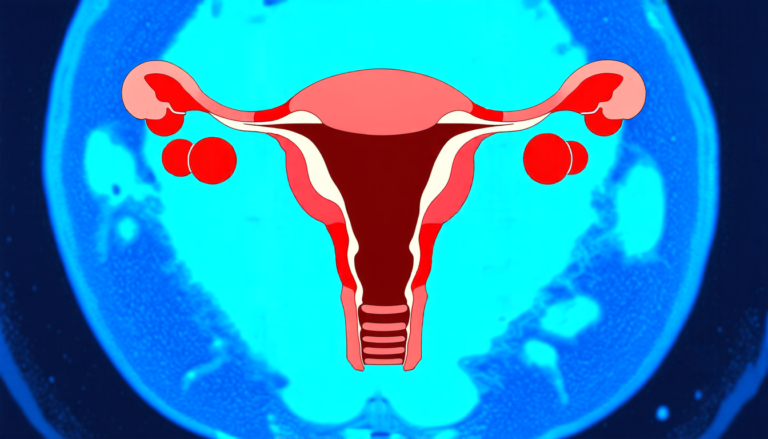Saturday 06 September 2025
Scientists have long been fascinated by the mysteries of the human brain, and one area that has garnered significant attention is the way our brains process information. A recent study published in a leading scientific journal sheds light on this complex topic, offering new insights into how our brains represent the world around us.
The research centers around a type of neural network called a projection-based generator network (PGNN), which is designed to mimic the way our brains work. In essence, PGNNs are artificial intelligence models that learn from data and improve their performance over time, much like we do when faced with new information.
But here’s the fascinating part: researchers have discovered that by incorporating specific structures into these neural networks, they can make them more efficient, accurate, and even interpretable. In other words, PGNNs can be designed to learn in a way that is more similar to how our brains work, which has significant implications for fields like artificial intelligence, machine learning, and neuroscience.
One of the key findings from the study is that PGNNs with internal structures are better at converging on solutions than those without. Convergence refers to the ability of the network to settle on a single solution or pattern, rather than getting stuck in a loop or oscillating between different answers. This means that PGNNs can learn more effectively and accurately from data, which is crucial for tasks like image recognition, speech recognition, and natural language processing.
Another significant finding is that these internal structures also help to improve the interpretability of the networks. Interpretability refers to the ability to understand why a network has arrived at a particular decision or conclusion. In other words, PGNNs with internal structures can be designed to provide insights into their thought processes, which is essential for building trustworthy and reliable AI systems.
The study also explored how these neural networks perform when faced with noisy or incomplete data. Noisy data refers to information that contains errors or inconsistencies, while incomplete data refers to information that lacks certain details. The researchers found that PGNNs with internal structures were better at handling these types of data, which is critical for real-world applications where data can be messy and imperfect.
The implications of this research are far-reaching, with potential applications in fields like healthcare, finance, and education. For example, PGNNs could be used to develop more accurate and interpretable medical diagnosis tools, or to improve the performance of financial forecasting models.
Cite this article: “Unlocking the Secrets of Human Brain Function through Artificial Intelligence”, The Science Archive, 2025.
Brain Processing Information, Artificial Intelligence, Neural Networks, Projection-Based Generator Network, Pgnn, Machine Learning, Neuroscience, Convergence, Interpretability, Noisy Data, Incomplete Data
Reference: Saleh Nikooroo, Thomas Engel, “Cross-Model Semantics in Representation Learning” (2025).







